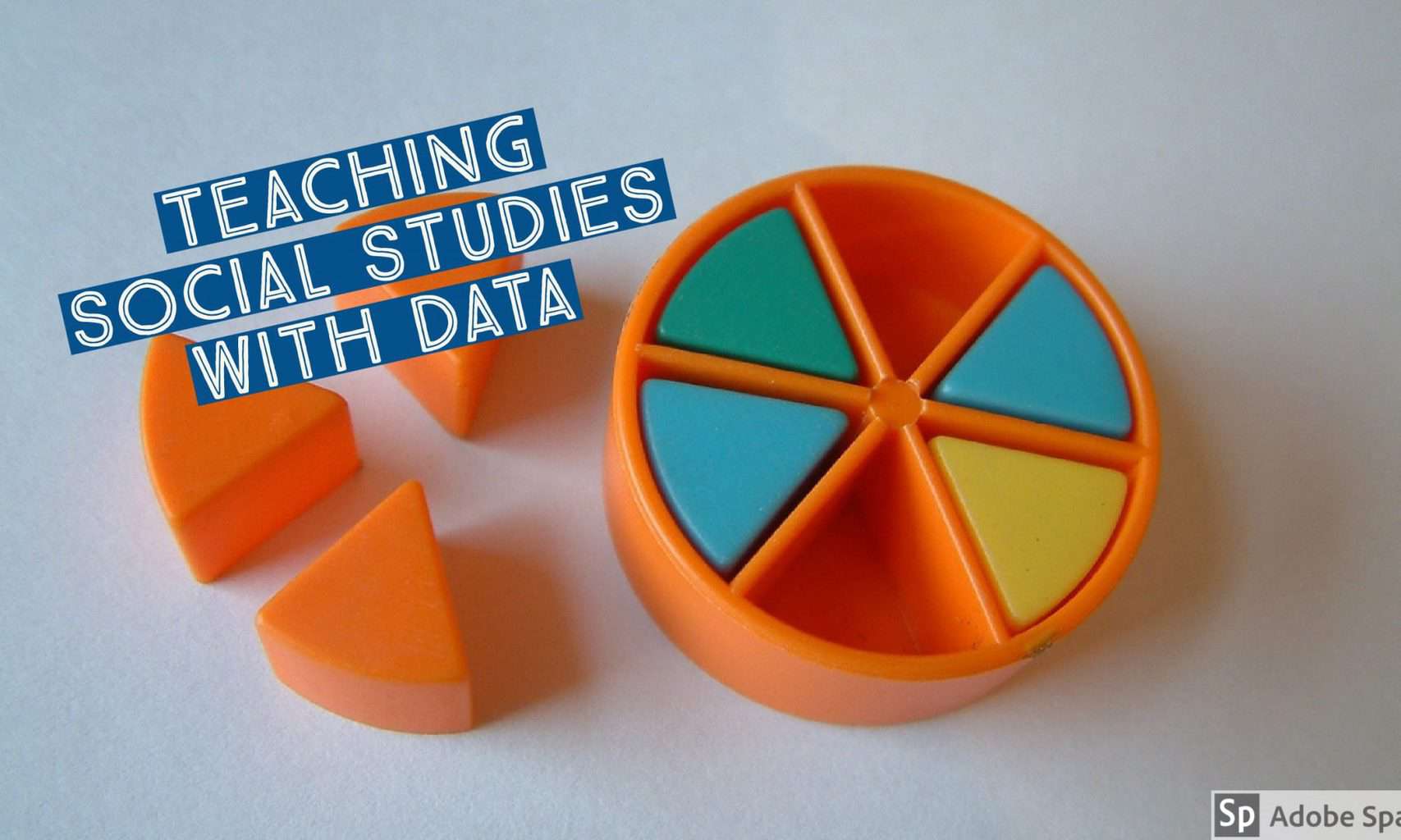Quite often edtech tools are used by the teacher rather than the students and don’t do much more than make things prettier.
Think: Teacher at Smartboard as replacement for the overhead.

New digital technologies allows us to “see” information in new ways.
Think: Students analyzing a text using Wordle
History and other humanities that tended to be strictly narrative are leveraging data collection and display tools to spawn a new digital / data approach to teaching history and social science.
See Digital Humanities Projects at Stanford
Many apps and websites can be a great tool to introduce the research method – form a hypothesis, gather and analyze data, revise hypothesis (as needed), draw conclusions, assess research methods. Working in teams students can easily pose research questions, run the data, revise and assess their research strategy. Students can quickly make and test predictions. They can then present and defend their conclusions to other classroom groups. All skills called for by the new Common Core standards.
In today’s class we will explore a sampling of free online data visualization tools that can be used in the classroom. Students will be asked to incorporate one of these tools into a lesson design.
GapMinder World: manipulate moving bubble graphs, select x and y axis from a variety of data sets
Worldometers is run by an international team of developers, researchers, and volunteers with the goal of making world statistics available in a thought-provoking and time relevant format to a wide audience around the world.
NGram Viewer: online research tool that allows you to quickly analyze the frequency of names, words and phrases -and when they appeared in the Google digitized books. Ideas for classroom use Books Ngram Viewer. For more advanced searches using NGram Viewer click here.
Chronicling America has digitized newspapers from across America from 1836-1922. You can search word frequency here. Search Chronicling America and visualize the results across space and time at USNewsMap project.
Google Trends is an online search tool that allows the user to see how often specific keywords, subjects and phrases have been queried over a specific period of time.
Bookworm: a collection of simple and powerful way to visualize trends in repositories of digitized texts. Here’s a favorite: Movies: dialogues of movie and TV shows.
Timelapse: is a global, zoomable video that lets you see how the Earth has changed over the past 32 years.
Metrocosm is my collection of maps and other data visualization projects — trying to make sense of the world through numbers. Here’s All the World’s Immigration Visualized in 1 Map.
There are many individual project that have visualize a specific data set for example Map of white supremacy mob violence
Assignment 1
Choose one or more of these digital tools (or use a favorite of yours) and blog about how you would use it in an activity, lesson or unit. A few things to keep in mind:
- Be sure you design a lesson that allows your students to be the ones using the tool. ( it’s not just for display, they get to use it for analysis)
- Be sure to include an embed of the tool (if possible) or at least a screen shot with link back to the tool.
- Blog post due: 11/6.
Assignment 2
Students will develop and deliver a 30 min lesson in class.
- This lesson should be delivered as if we were your class.
- Your peers will serve as participant observers noting lesson content, nature of the student task, lesson delivery and student workflow.
- You should post your lesson on our site (due when you deliver to class).
- Feel free to design a flipped lesson in advance and let the class know of your plans and required viewing.
- If you have a significant amount of reading required, send it to us in advance.
- After your delivery of the lesson go back and edit your post with synopsis of what you learned from our class feedback.
Image credits:
Header: AdobeSpark public domain
Insert: Teaching with a SMART Board / Flickr

